To say there are a ton of laptops out there is an irony. As is the case with smartphones, within a given phase or finances frequently there isn’t a great deal that differentiates them—aside from additives and small layout adjustments. But with Asus’ brand new ZenBook Pro, there’s one element that surely makes it stick out from the crowd: a touchpad that’s additionally a touchscreen.
Before we take a closer have a look at that specific feature, it’s worth citing all of the Asus ZenBook Pro 14's specifications. The UX480 model we obtained for Laptopmeasures 14 inches (there’s additionally a 15.6" version) packing a Whisky Lake-U quad-core i5 or i7 CPU. You can also pick out from 8GB or 16GB of 2400MHz DDR4, and storage options include 128GB or 256GB SATA SSD, 128GB or 256GB PCIe 3.zero x2 SSD, or a 1TB PCIe three.0 x4 SSD.
Read More :- Lenovo ThinkPad Edge 13" Notebook Review
- Asus Transformer Book T100 Review
- MSI GX60 Gaming Notebook Review
- Maingear Pulse 15 Gaming Laptop Review
The model examined is powered through a Core i7-8565U (see our complete assessment) clocked at 1.8GHz and can raise to four.6GHz. While this isn’t at the equal stage as the i9-8950HK found within the top-quit 15.6" version, it’s greater than sufficient electricity for everyday customers and can deal with most professional duties, which includes video and photo editing—we did be aware the underside got pretty toasty at times though.
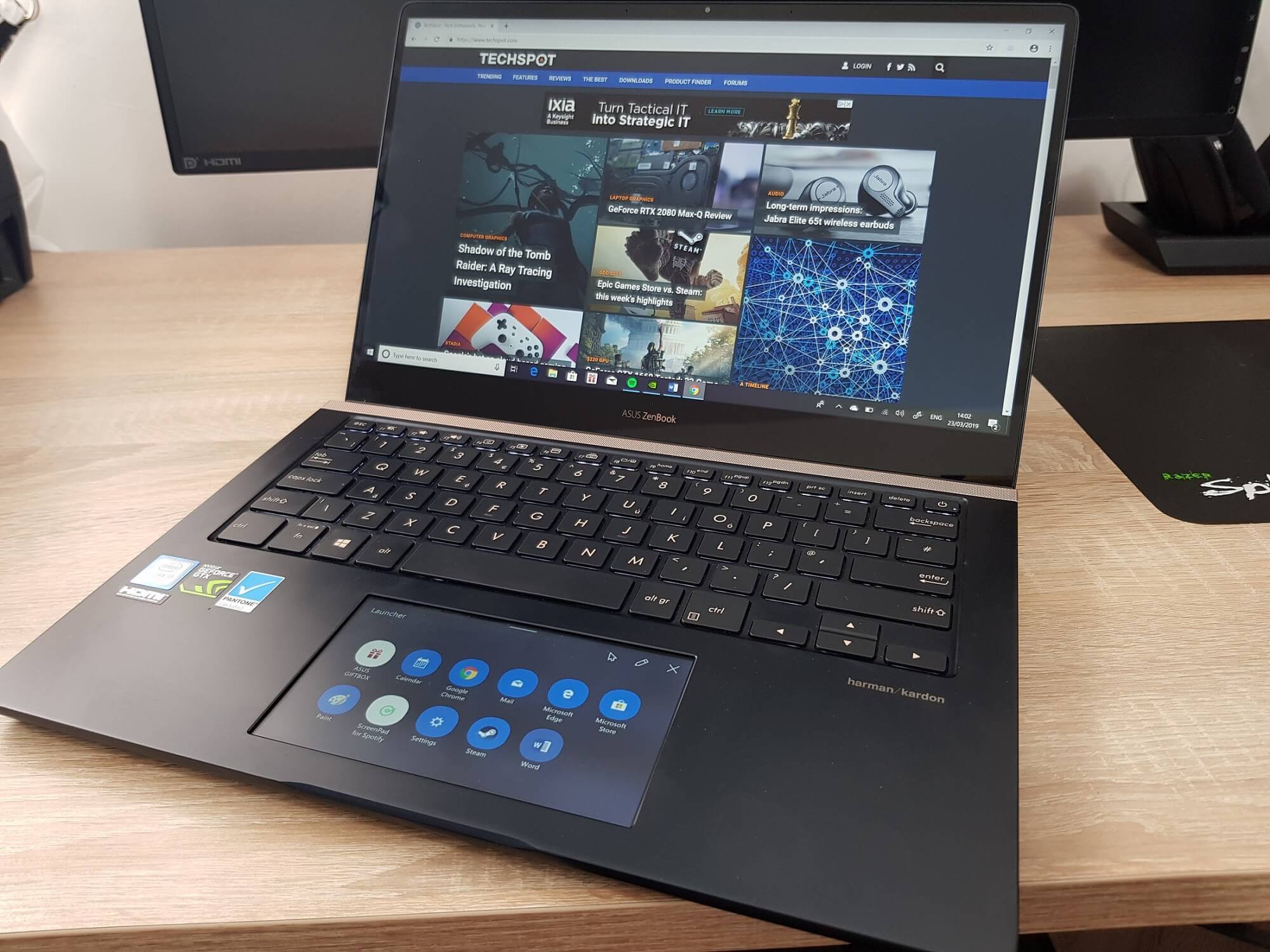
The ZenBook comes with a 'Pro' moniker, however that doesn’t imply it is predicated solely on included snap shots; as an alternative, you get a GTX 1050 with either 2GB or 4GB of GDDR5 VRAM. It’s the Max-Q model, taking into account a extra efficient, area-saving design.
While this isn’t the GPU you need whilst playing Metro Exodus at max settings, the GTX 1050 can keep its own when you tone matters again. I discovered that even this 2GB version saved Far Cry 5 and other older however nonetheless annoying titles at 30fps or above as long as the settings weren’t maxed.
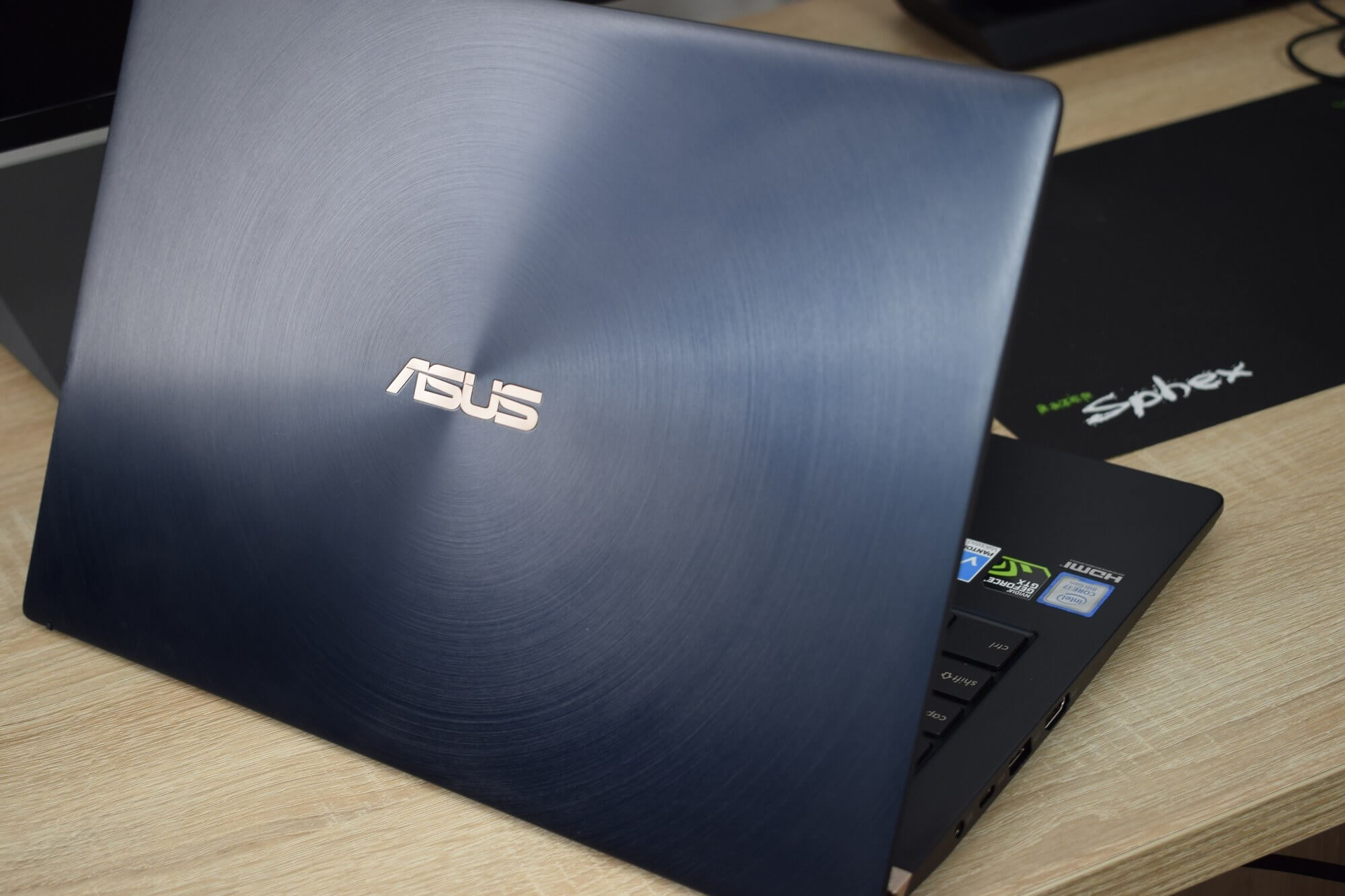
At 3.5lbs (1.6kg) and measuring 17.9mm, this isn’t the slimmest or lightest of laptops, that's in part because of the ScreenPad and the committed GPU. But it does feel reassuringly strong. It’s also a completely nice-searching tool, with fetching darkish blues and rose gold accents.
One interesting characteristic of the layout is the ErgoLift hinge. This elevates the keyboard section off your table at an angle of 3 degrees when the lid is open, supposedly improving airflow, typing, and acoustics. It’s some thing we’ve seen versions of in other laptops, and even as the hinge does have its benefits when on a flat surface, I once in a while found it dug into my legs whilst the usage of the machine on my lap.
While there is no fingerprint reader, you do get the security of signing in via Windows Hello and the built-in IR camera.
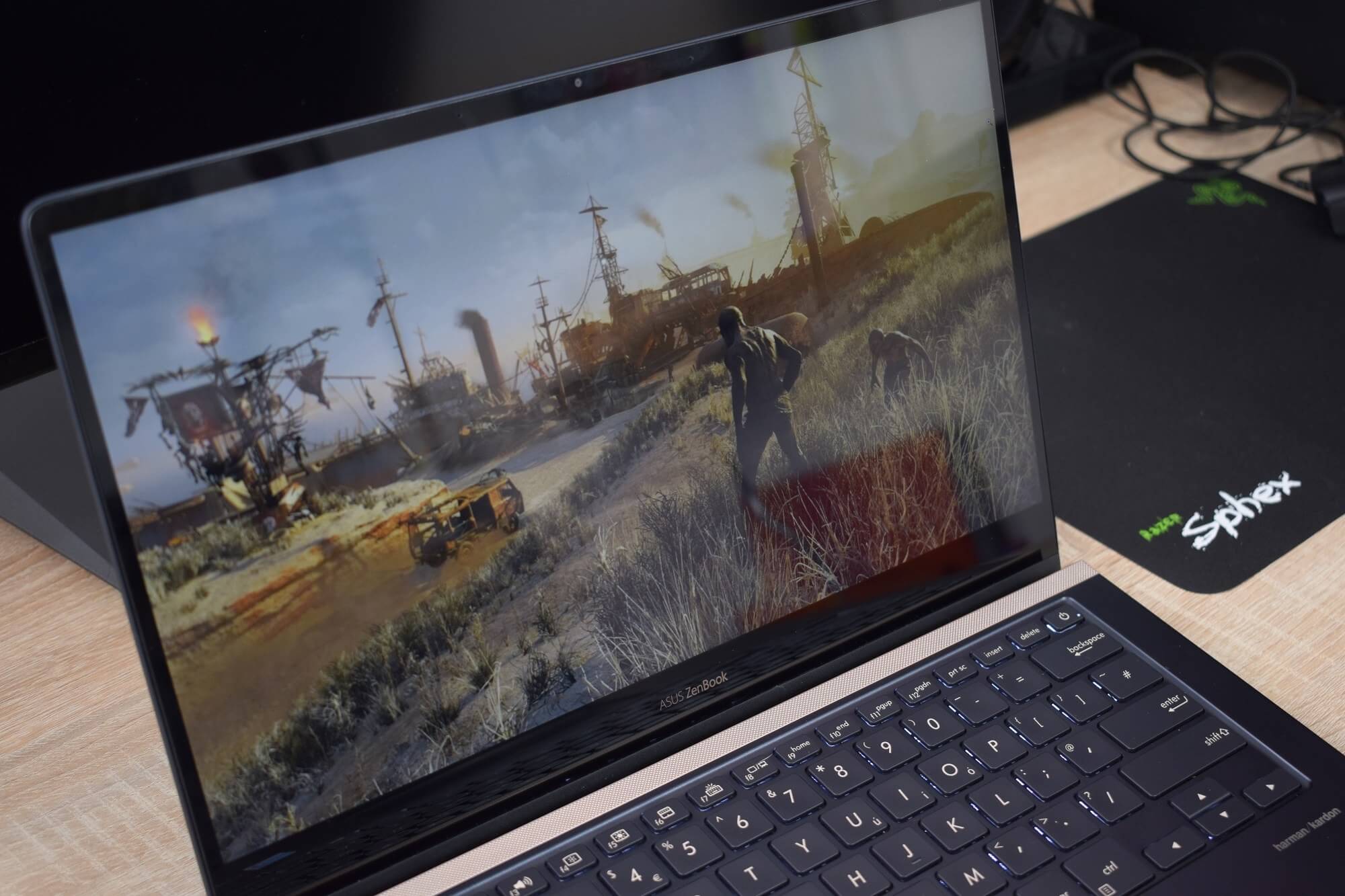
It feels like the ZenBook Pro became designed with desks in thoughts. The Harmon Kardon-branded stereo speakers are satisfyingly loud and meaty, however their position approach they can sound muffled whilst on a user’s lap. Ultimately, it’s really one of the better sounding machines at this fee variety, but not pretty as properly as a number of the greater luxurious laptops.
The 14-inch display is a touchscreen, which some argue is an needless characteristic on laptops that aren’t 2-in-1 convertibles or detachables, I discovered it to be quite useful whilst used in conjunction with the TouchPad, especially whilst in Extension Display mode.
Asus even makes its personal iPad-fashion pen however, like Apple’s accessory, it have to be sold one after the other—though it’s about half the fee or cheaper.

At this length, you get the option of a complete HD display (1920 x 1080) decision with a 60Hz refresh charge, however the 15.6-inch ZenBook Pro offers a 4K version. It boasts 100 percent insurance of the sRGB colour gamut, has Pantone Validated certification for better coloration accuracy, and Delta-E of much less than 3. I found the display screen to be tremendously colourful and colourful, although its maximum brightness of round 280 nits might gain from being higher whilst you’re the use of it out of doors on sunny days.
Asus claims that the ZenBook Pro 14’s 70Wh battery will last 12.five hours with the display brightness on eighty percentage and battery saver mode grew to become on. How lengthy the computer runs for will rely absolutely on how a great deal you use the ScreenPad. Keep the second display screen became off and you’ll get close to what Asus claims, but constantly watching tiny YouTube movies and gambling around with apps will see your juice drain at a incredibly rapid rate.
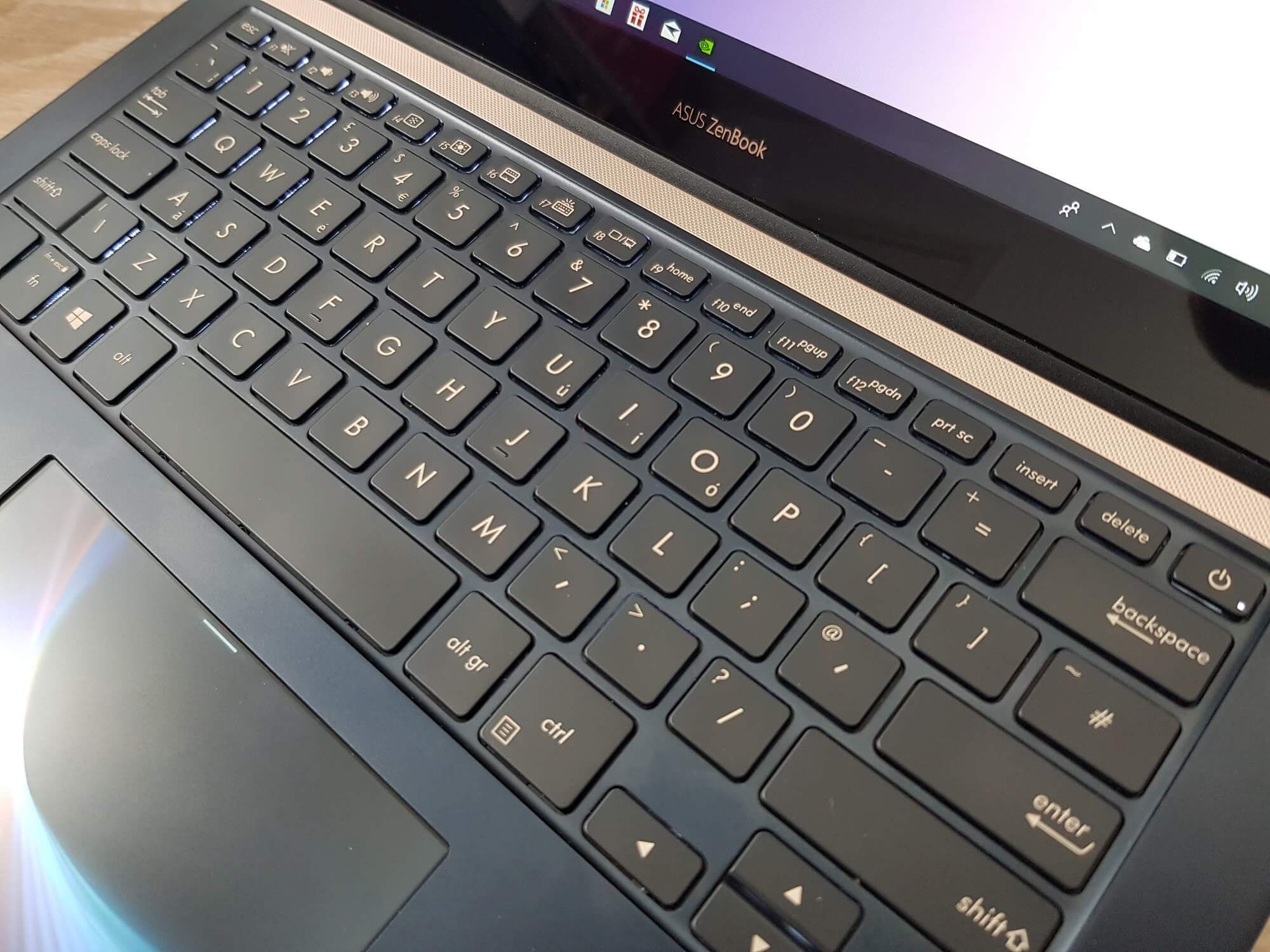
I appreciated the keyboard at the ZenBook. The chiclet-style keys feature adjustable backlighting, 1.4mm of travel, and are sturdy enough that even the most heavy-passed of typists need to find them agreeable. While it does not compare to the Surface Book 2’s brilliant keyboard, I still found it a pleasure to apply and couldn’t find any lawsuits, though some may find them a piece comfortable.
There are fair number of ports on provide right here: a USB three.1 Gen2 Type-C, a USB 3.1 Gen2 Type-A, a USB 2.zero, a HDMI port, microSD slot, and an audio jack. It doesn’t have Thunderbolt 3, unfortunately, however neither does the a whole lot more pricey Surface Book 2.
When it become launched last yr, Asus said the ZenBook Pro came with international’s first clever touchpad. Sticking the phrase “smart” in the back of phrases to explain merchandise that aren’t specifically smart or beneficial has been a tech industry dependancy for years, however is this one of the exceptions?
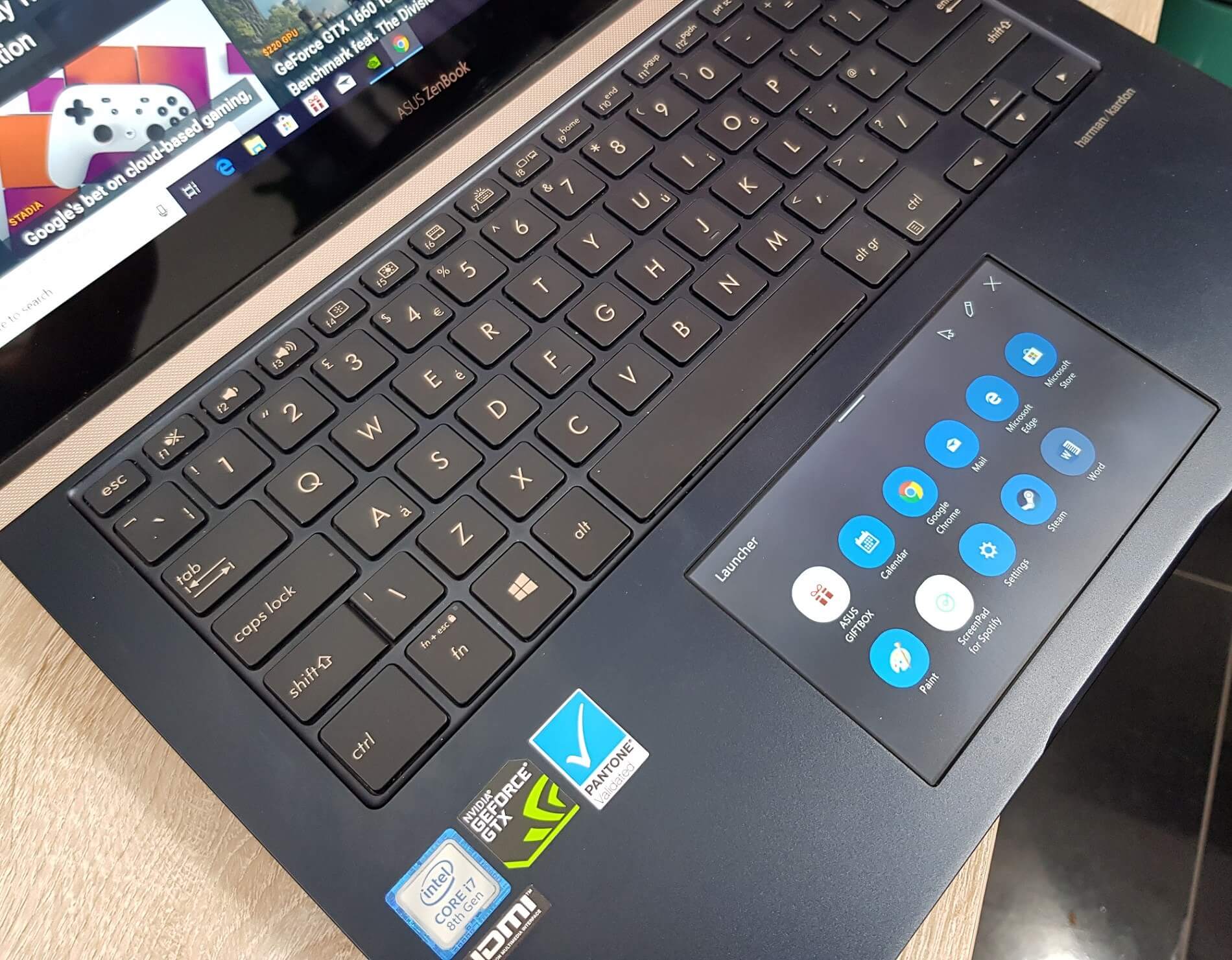
The ScreenPad measures 5.five inches and boasts a complete HD resolution. There are 4 modes on provide, which can be selected the use of the F6 key: ScreenPad mode, Extension Display, Touchpad mode, and Touchpad Disabled.
ScreenPad mode is the main characteristic right here. The first aspect you’ll be aware is that no matter being a touchscreen, it’s additionally an awesome trackpad that works perfectly. But Asus needs you to apply the apps, that are accessed by way of swiping down from the top.
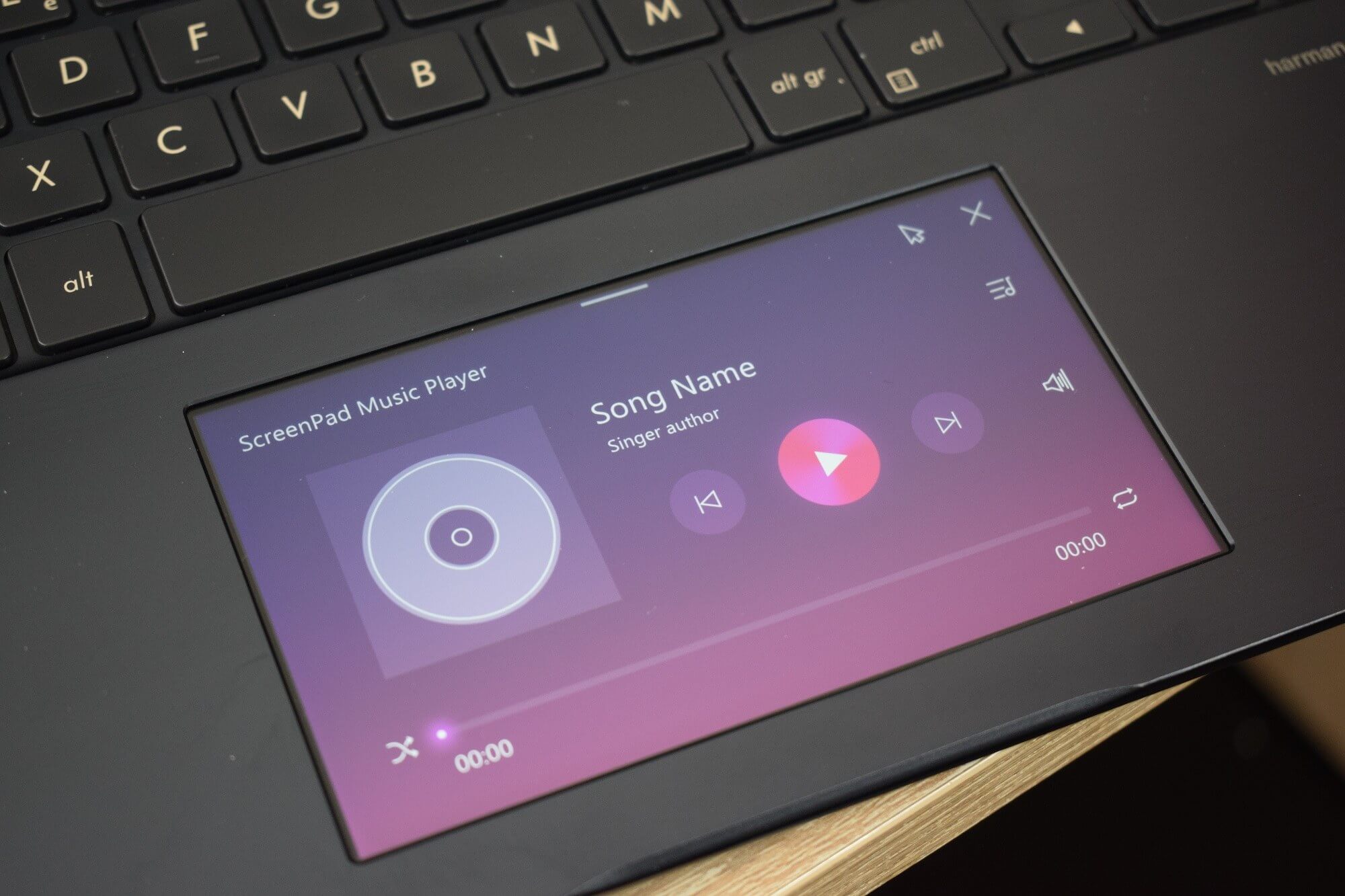
In addition to easy packages which include the calculator, calendar, and media player, there’s a launcher for starting the likes of Steam, Chrome, and Mail. You can also get right of entry to the Asus shop, in which you may download ScreenPad apps to sit along those that are pre-hooked up, which include Office.
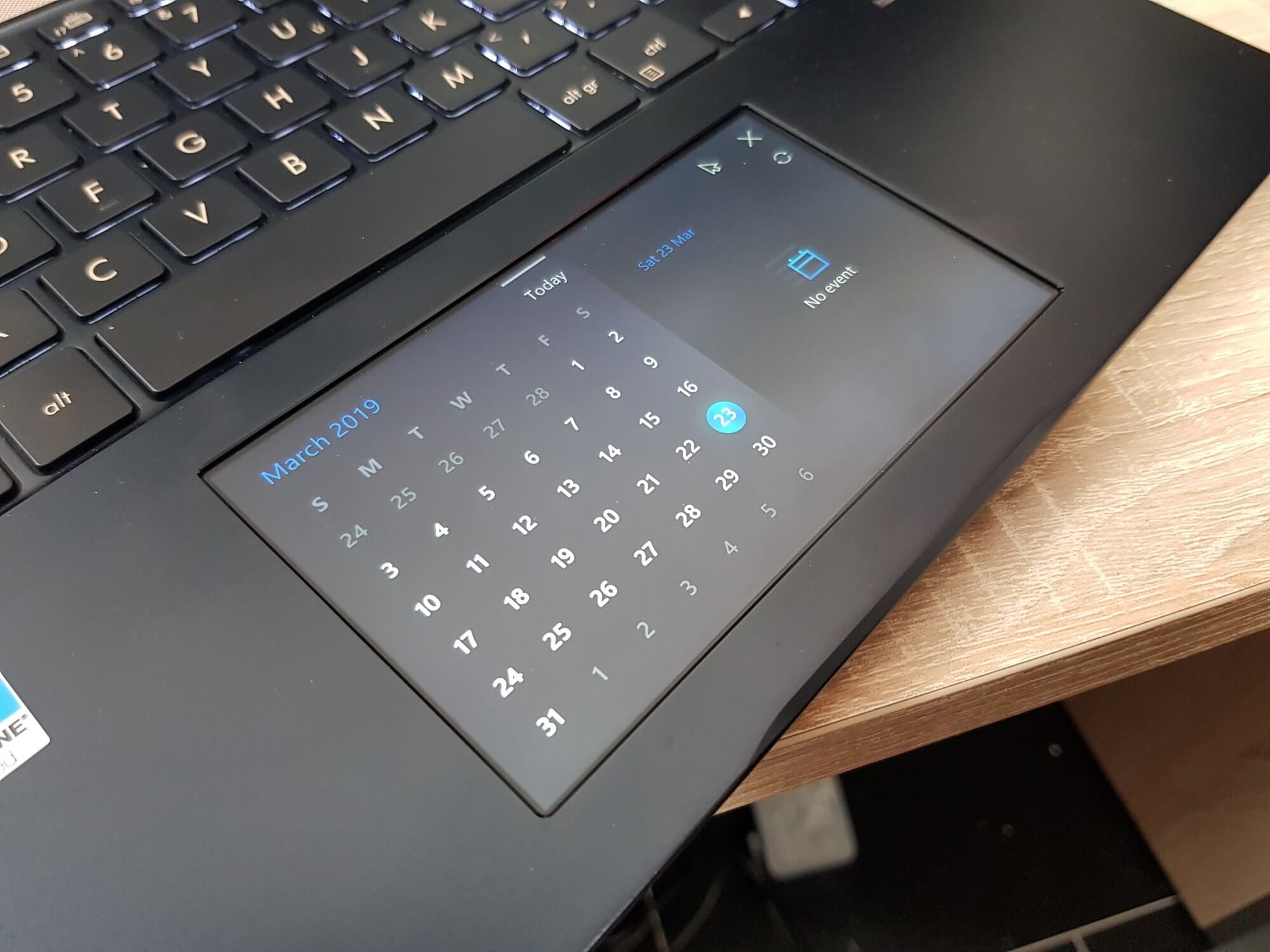
The ScreenPad gives diverse features relying on what you’re doing and what apps are mounted. Watching YouTube, as an example, will convey up video controls, even as the Spotify app, which lamentably didn’t need to work for me, offers similar functions for the streaming music service.
But in all likelihood the quality integration is with Microsoft Office products. Bring up Word or Excel and the ScreenPad helps you to store your work, exchange fonts and shades, and plenty more.
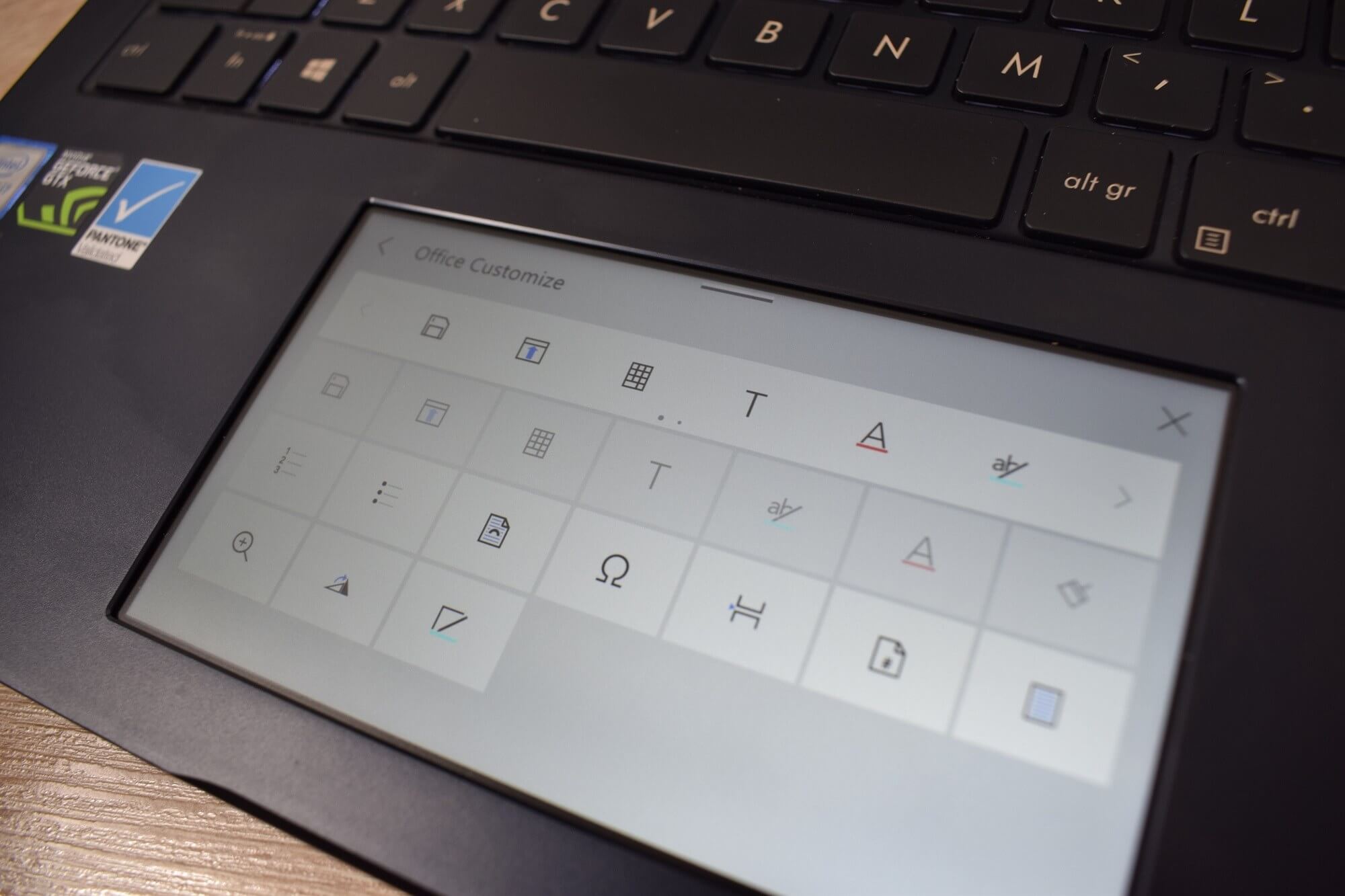
While the characteristic is revolutionary and offers more capability than the MacBook Pro’s Touch Bar, it’s difficult to assume everyone shopping for a ZenBook Pro for the ScreenPad by myself. The largest hassle, other than the occasional glitches, is there nevertheless isn’t enough apps accessible. It would clearly be exciting to see one for social media sites or a Steam app wherein you can scroll thru all your games/pals.
Then there’s Extension Display; basically, it turns the ScreenPad into a second screen. It’s supposed to aid multitasking by way of allowing you to, as an example, move your emails or a Chrome window strolling Facebook onto the small display, all even as you use the main display for something else. The idea behind the Extension Display appears stable enough, although I feel the display screen is just a bit too small for it to work the manner Asus intends. But it does appearance exceptional cool when using it in public, admittedly.

The Asus ZenBook Pro 14 is a quality computer that’s extraordinary for standard use, handles most games, and might run expert apps, but the TouchPad isn't a killer function. While it will truely make you stand out in a coffee keep, more builders need to guide it to meet its ability, but alternatively, you can argue that Apple's touchbar is a failure or even touchscreens on laptops are not killer features for maximum.
For professionals who paintings with photograph and video, spending the extra cash and opt for the 15.6" version of the equal laptop can be worthwhile for the 4K display, at the same time as hardcore game enthusiasts are probable to select something with a beefier images card and VRR. The Asus ZenBook Pro consequently occupies a pleasant middle ground where the ScreenPad is an delivered bonus.
The ZenBook Pro 14 gets it right in putting an excellent balance is every branch and at a aggressive price. Currently there may be no US availability for the 14" model we reviewed, but it is comfortably to be had in UK and other European nations. In the United Kingdom it is currently selling for £1,199 ($1,590). In the States the 15.6-inch, 4K model, which comes with Thunderbolt, an i7-8750H CPU, and the identical TouchPad is selling for $1,549 at Best Buy. If you’re searching out a very good all-rounder with a focus on creators, and one that differentiates itself from the crowd, this can be the laptop for you.
- Asus ZenBook Pro 14 on Amazon UK, Asus UK, ao.com
- Asus ZenBook Pro 15.6" 4K on Amazon, Best Buy
- RTX 2060 Laptops on Amazon
0 Response to "Asus ZenBook Pro 14 Review"
Post a Comment